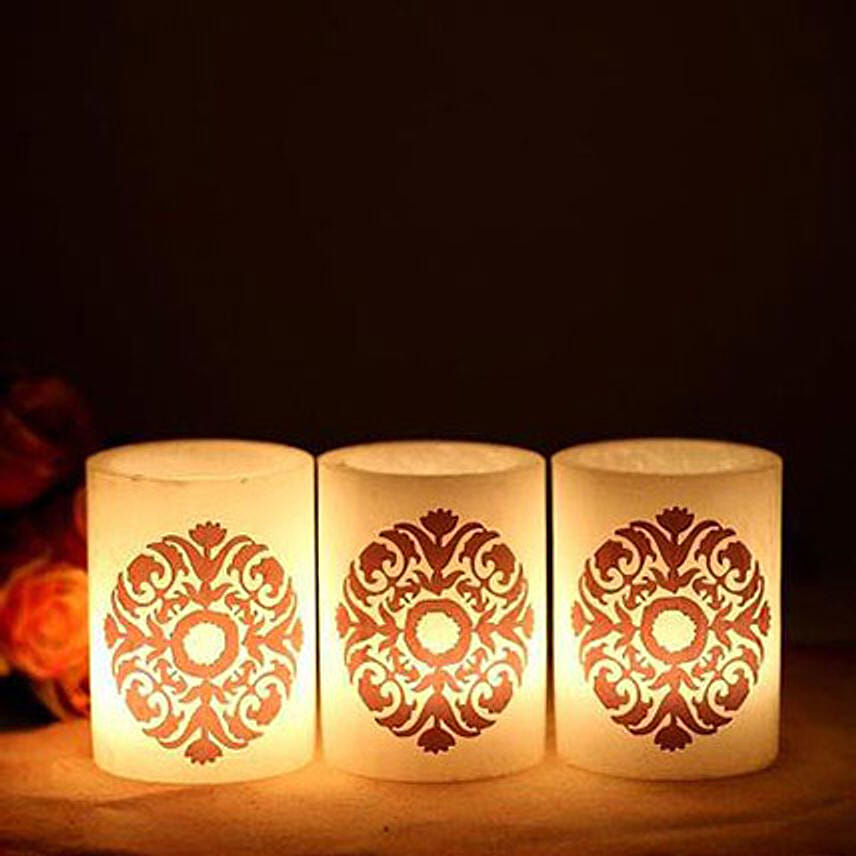All About Dhanteras
The greatest Hindu festival named Diwali is kick-started with Dhanteras. In Nepal, the Tihar Festival starts with Dhanteras. The word Dhan is referred to wealth and Teras is referred to Thirteenth. Summing it up, the thirteenth lunar day of the Dark Fortnight or Krishna Paksha in the Vikram Samvat Hindu Calendar month of Ashwin is the day known to be Dhanteras. In every nook and corner of India, this is celebrated but the rituals may vary. Goddess Lakshmi is worshipped, utensils and gold/silver jewelry are bought, and new business deals are done on this day for more wealth and prosperity.
Like all of our religious festivals, this festival is also linked with some famous mythological anecdotes. The story of King Hima is the most popular one. As per the legendary stories, an astrologer told King Hima on the fourth day after marriage. Upon hearing this prediction, his wife laid all her dazzling ornaments made from precious gold and silver at the threshold of the sleeping chamber and lit oil lamp in the evening. The Lord of Death, Yama was disguised as a serpent while he came to kill King Hima. The serpents' eyes were blinded by the shining jewelries and the brilliance of the lamps. Instead of killing King Hima, he climbed up the pile of jewelries and started listening to the stories told by the king's wife all through the night. Yama had to return without taking the life of King Hima. This day later came to be celebrated as Dhanteras and till today people lit up lamps and deck themselves with jewelries. To keep the family members safe from the hand of death, diyas or oil lamps are lit up.
Another legendary story says that Dhanvantari, the Lord of Medicine or Ayurveda who is another incarnation of Lord Vishnu took birth on this day from the Samudra Manthan episode, a cosmic battle between Gods and Demons who were fighting for Amrit or holy nectar from ocean water that makes one immortal.
A famous sage named Durvasa once cursed Lord Indra and said, "As the pride of wealth has entered your head, let Lakshmi leave you". This curse was true and Lakshmi left him and in turn Indra became weak and the demons entered the heaven and defeated him. After some years, Indra went to Lord Brahma and all of them went to Lord Vishnu to find a way where Lord Vishnu instructed them to churn the sea of milk. Because on churning, Amrit would come out and drinking that would make the gods immortal. The Gods and Demons both were struggling for this Samudra Manthan and Amrit-Pan. Mandara Mountain became the churning rod and Vasuki, the king of the serpents became the rope for this great work. Lord Vishnu himself took the avatar of a tortoise and lifted Mandara Mountain at his back. As the churning started, a beautiful and smiling lady came into view who was wearing a garland of Lotus, stood on a Lotus, and held a Lotus on her hand - she was none other than Goddess Lakshmi. The sages started chanting hymns and showered holy water on her. Upon churning the sea more, Dhanvantari emerged carrying a vessel of nectar or the Amrit. Lord Vishnu then defeated the demons and gave the Amrit to the Gods. So, on this day of Dhanteras by worshipping the Tulsi and the Akashdeep, we emblematically pursue the kindness of Nature which is the definitive source of health and wealth. In addition to this "Laxmi-Puja" is performed in the evenings when diya of clay are lit to drive away the glooms of evil spirits.
One of the stories say that on this day Goddess Parvati played dice with her husband Lord Shiva and won. A custom of gambling or playing dice is followed among the tradesmen or businessmen so that prosperity and wealth never leaves them.










